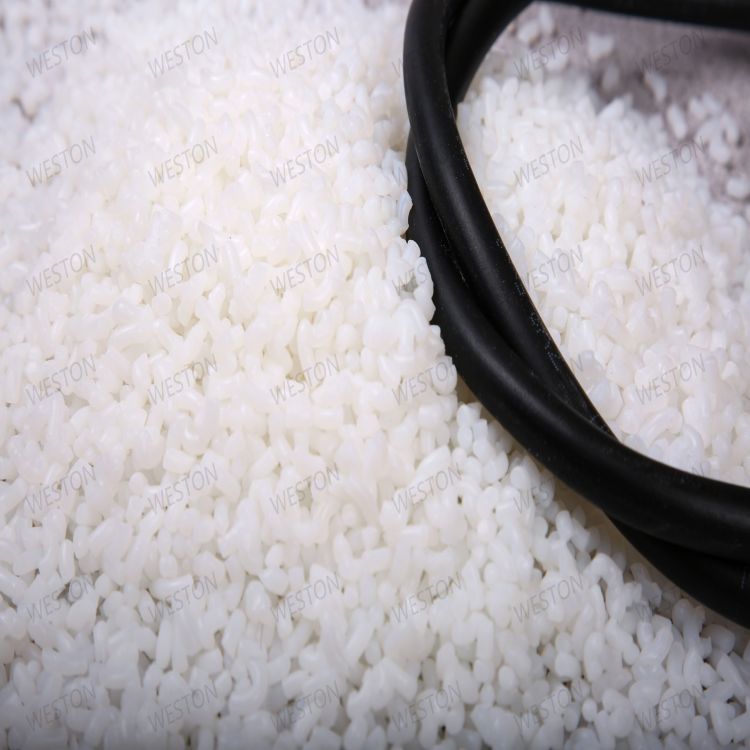-
Categories
-
Pharmaceutical Intermediates
-
Active Pharmaceutical Ingredients
-
Food Additives
- Industrial Coatings
- Agrochemicals
- Dyes and Pigments
- Surfactant
- Flavors and Fragrances
- Chemical Reagents
- Catalyst and Auxiliary
- Natural Products
- Inorganic Chemistry
-
Organic Chemistry
-
Biochemical Engineering
- Analytical Chemistry
- Cosmetic Ingredient
-
Pharmaceutical Intermediates
Promotion
ECHEMI Mall
Wholesale
Weekly Price
Exhibition
News
-
Trade Service
1.
Same ion effect
Dissociation equilibrium is also a chemical equilibrium, so when the concentration of a certain substance in the equilibrium system changes, the equilibrium will move and the equilibrium will be re-established under new conditions
.
For example, the dissociation equilibrium of weak electrolyte ammonia
If a small amount of strong electrolyte NH 4 Cl is added to the ammonia water, the introduction of NH 4 + destroys the balance of the original system, and the balance shifts to the direction of generating NH 3 ·H 2 O, thereby reducing the solution of NH 3 ·H 2 O Off-degree
.
Similarly, adding the strong electrolyte NaAc to the weak acid HAc solution will produce similar results
.
In the weak electrolyte solution, adding a strong electrolyte with the same ion as its dissociation reaction reduces the dissociation degree of the weak electrolyte.
This phenomenon is called the same ion effect
[Example 7-4] mol · DM to 0.
10 -3 NH2 a .
3 · H 2 was added solid NH O solution .
4 Cl, making NH2 .
4 concentration of Cl in mol · DM 0.
10 -3 , seeking solution [OH - ] and NH2 .
3 · H 2 O dissociation of a
.
The concentration of dissociated NH 3 ·H 2 O at equilibrium is x mol·dm -3 , there is
Substituting the equilibrium concentration of each substance into the equilibrium constant expression, we get
Since c0»400Kb Θ and the introduction of NH 4 CI reduces the dissociation degree, it can be calculated approximately
0.
10+x≈0.
10 0.
Substituting the equilibrium constant expression, we get
This result is significantly reduced compared with the dissociation degree of 0.
10 mol·dm -3 NH 3 ·H 2 O in pure water in Example 7-2.
2.
Salt effect
Adding NH 4 Cl to the ammonia water , NH 4 + has an effect on the balance of weak electrolytes, and the introduction of CI -in the system also has a certain effect on the balance
.
In the previous examples of weak acids and weak bases, the calculation process is based on the concentration of each substance in the system.
It is approximated as f=1 and a≈c
.
But this calculation is approximate.
If the concentration of ions in the solution increases, the effect of ionic atmosphere cannot be ignored.
At this time, the value of f is small, and the difference between activity a and concentration c is large, and the influence of f should be considered, namely
Since the value of f is less than 1, so that a large concentration of ions in the solution, [OH - ] concentration increases, i.
e.
In the weak electrolyte solution, adding a strong electrolyte that does not have the same ion with the weak electrolyte dissociation reaction, thereby increasing the degree of dissociation of the weak electrolyte is called the salt effect
.
The salt effect is generally small
.
The common ion effect is also accompanied by the salt effect, but the common ion effect is far greater than the salt effect







